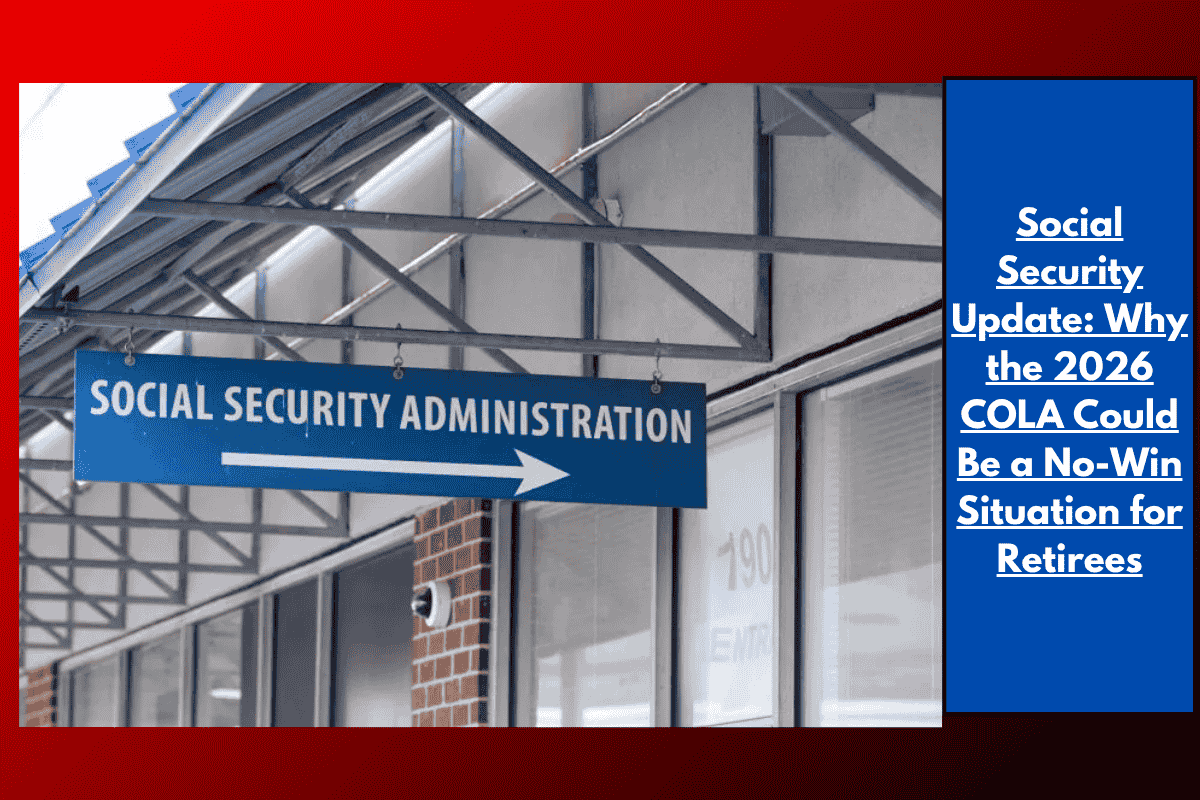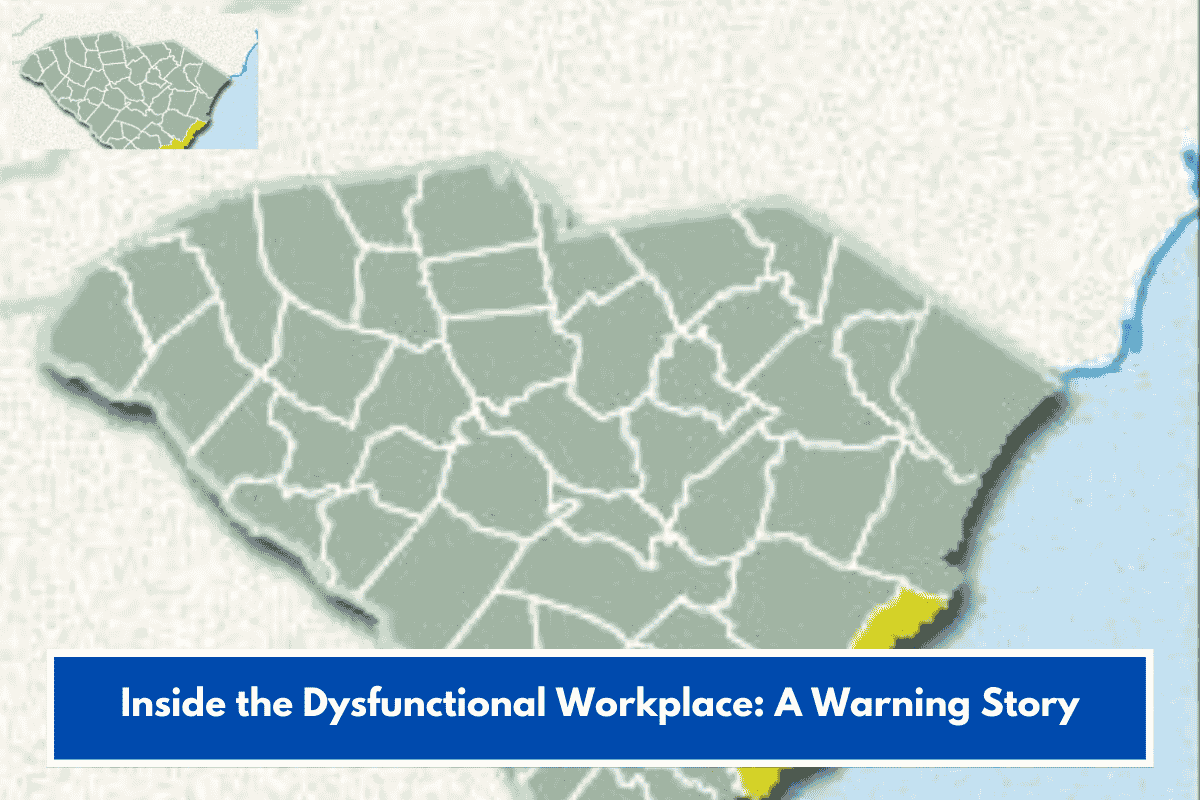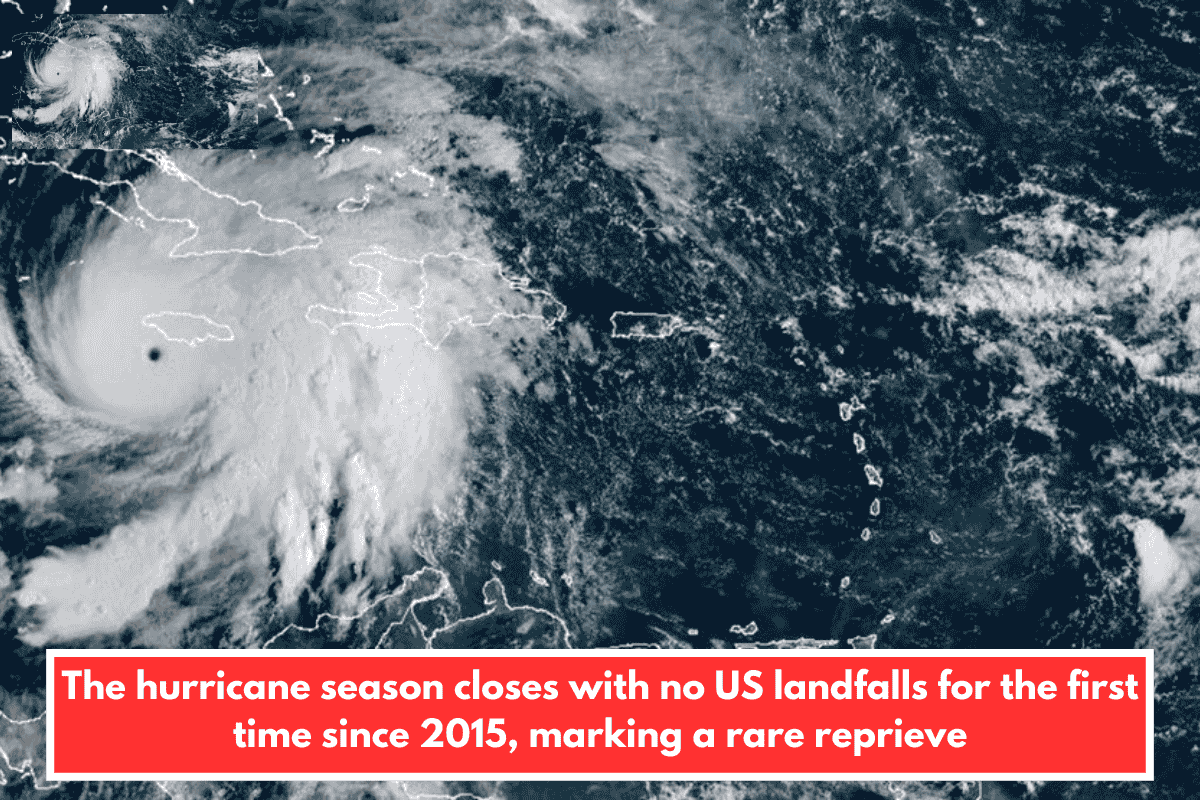With inflation on the rise and economic uncertainty increasing, Social Security beneficiaries are facing a tough outlook for 2026. The annual Cost-Of-Living Adjustment (COLA), which typically helps seniors keep up with inflation, may not be enough to match the increasing costs retirees are experiencing. But why?
What is COLA and Why Is It Important?
Since 1975, the Social Security Administration (SSA) has used COLA to adjust retirees’ benefits based on inflation. This helps ensure that seniors’ payments keep pace with the rising cost of goods and services, especially in key areas like healthcare, housing, and groceries.
The Senior Citizens League has updated its projection for 2026 COLA to 2.5%, which is slightly above the average of recent years. However, many experts say this adjustment won’t be enough to cover the higher costs retirees are facing, leaving them with less purchasing power.
Why COLA Might Fall Short in 2026
COLA is calculated based on the Consumer Price Index for Urban Wage Earners and Clerical Workers (CPI-W). However, this index does not accurately reflect the spending habits of retirees, especially their spending on healthcare. For example:
A typical worker spends about 7% of their income on healthcare.
Seniors, on the other hand, spend 16% or more on healthcare, according to the Senior Citizens League.
This discrepancy in spending means the CPI-W tends to underestimate inflation as experienced by older Americans. Since 2010, this has caused a 20% loss of purchasing power for seniors.
The Case for CPI-E
Many experts suggest that the Consumer Price Index for the Elderly (CPI-E), which better reflects the needs of older Americans, should be used for COLA adjustments. Unfortunately, due to legislative inertia, the CPI-W is still in use.
Concerns Over Data Accuracy
Another growing concern is the accuracy of inflation data used to calculate COLA. Due to a hiring freeze at the Bureau of Labor Statistics (BLS), data collection has been reduced, and inflation figures are now based on modelling rather than real-time data. This could skew the inflation figures, leading to a less accurate COLA in 2026.
How Tariffs Could Affect Inflation
The Trump administration’s tariff policies are expected to push up consumer prices, contributing to higher inflation. However, these changes may not be reflected in 2026 COLA calculations if the data collection misses the impact of these tariffs.
Seniors Facing Higher Inflation
While the CPI-W increased by 2.2% in the past year, 80% of seniors surveyed by the Senior Citizens League said their real inflation rate is above 3%. This means many retirees are already feeling a greater financial squeeze than what COLA adjustments reflect.
What Will Happen If Congress Doesn’t Act?
The Social Security trust fund is expected to run out of cash by 2033. If Congress doesn’t step in, Social Security benefits for over 60 million recipients could be cut by 23%. This would lead to a $16,500 loss for a typical couple, and a $8,200 loss for a middle-income single worker.
In a country where 11,000 baby boomers retire every day, fewer workers are supporting an increasing number of retirees. The Social Security system was built on decades of surplus payroll taxes, but once that fund is depleted, only 77% to 79% of promised benefits would be covered by incoming payroll taxes.
Potential Solutions and Political Resistance
To solve this, there are a few options:
Raise payroll taxes.
Lift the income cap on taxable wages.
Cut benefits or raise the retirement age.
However, these proposals face significant political resistance, and there are no specific plans from Congress or the President yet.
Experts Weigh In
Michael Ryan, a finance expert, explained: “The Social Security Fairness Act caused lump-sum payments for about 2.8 million retirees, which made it seem like their income spiked in March and April. But now that these payments are gone, it looks like seniors suddenly became poorer in May. It’s like getting a big tax refund one month, then seeing your income drop the next.”
Martha Shedden, president of the National Association of Registered Social Security Analysts, added: “Thanks to the Social Security Fairness Act, beneficiaries now receive higher monthly benefit checks that won’t change, except for annual COLAs.”
What’s Next?
The Social Security trust fund is projected to run out by 2033, and Congress faces increasing pressure to address the funding gap before it’s too late. If action isn’t taken, automatic benefit cuts will significantly affect retirees, further decreasing their income and increasing financial instability for millions.
The Social Security Fairness Act is helping some retirees, but it’s also adding pressure to an already overburdened system, contributing to the financial strain that could lead to bigger problems for future beneficiaries.














